Digital Detox for Couples: Enhancing Intimacy in a Hyper-Connected World 2024
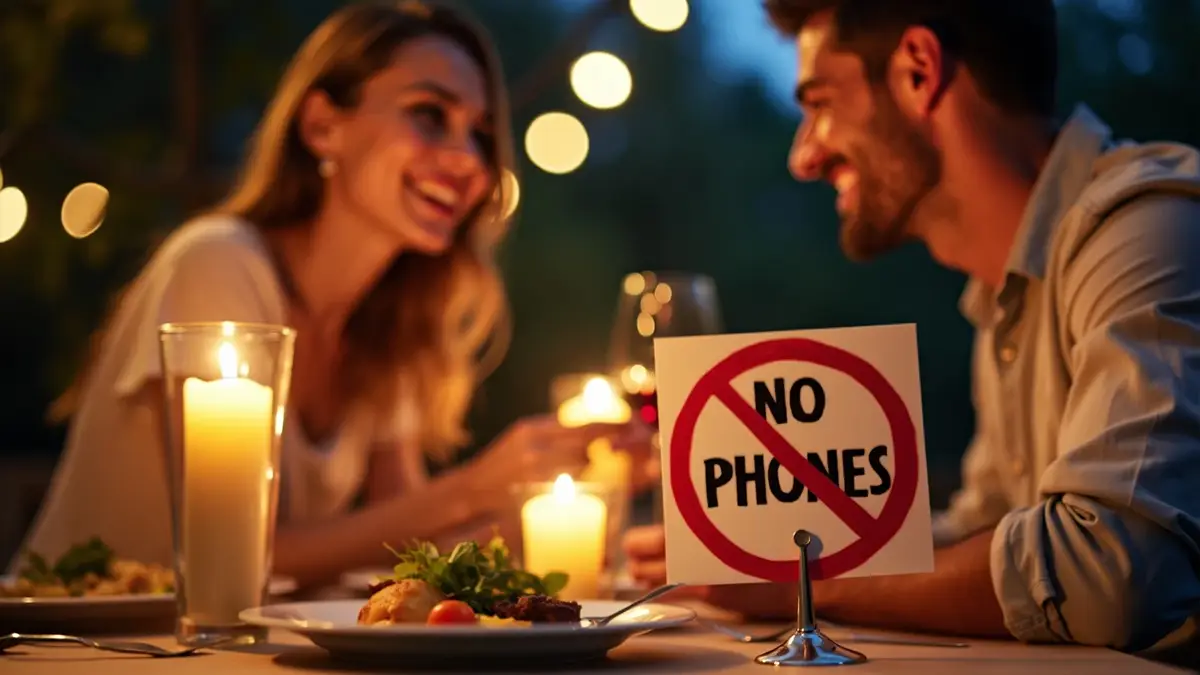
These days, it feels like we’re more connected than ever, doesn’t it? But here’s the catch—sometimes all those screens actually push us further apart.
Weird, right? That’s exactly why a digital detox for couples can be such a game-changer.
Imagine this: an evening with your partner, free from the constant buzz of notifications. No screens, just the two of you, fully present. Doesn’t that sound refreshing?
By intentionally disconnecting from technology, you’re not just turning off devices—you’re turning on real connection.
“The more we rely on screens, the more we risk losing the everyday moments that build intimacy and trust in relationships,” says Dr. Megan Fields, a relationship expert.
In this article, we’ll explore how a digital detox for couples can help you and your partner strengthen your bond. We’ll dive into why it matters, offer practical tips, and look at real-life examples of couples who’ve rediscovered each other by stepping away from their screens.
Table of Contents
Why a Digital Detox Matters for Couples
We live in a world filled with emails, social media, and endless notifications. It’s like we’re always “on,” but sometimes that means our relationships are left in the dark. Sound familiar?
Too much screen time can create invisible barriers, making it hard to truly connect with the people we love. When you’re glued to your phone, you miss out on the little things—those shared glances, spontaneous laughter, and the deep conversations that make a relationship special. That’s where a digital detox for couples steps in.
“Our devices are designed to hold our attention, but what we forget is how they can take us away from what’s really important—our connections with loved ones,” adds Dr. Fields.
Picture this: You’re sitting together, free from the distraction of a glowing screen, simply enjoying each other’s company. It’s in these small, quiet moments that relationships grow. That’s the beauty of a digital detox—it brings the focus back to what truly matters: each other.
Practical Tips for a Successful Digital Detox
So, how do you actually pull off a digital detox for couples? It’s easier than you might think! Here are a few simple steps to get started.
1. Create Tech-Free Zones
First up, pick a couple of spots in your home where devices are off-limits. The bedroom? The dinner table? Great places to start. This way, you can focus on connecting without that constant background noise.
“Designating tech-free areas creates a safe space for intimacy to flourish,” says Sarah Kent, a licensed therapist who specializes in relationship dynamics.
2. Schedule No-Tech Times
Next, set specific times during the day or week when you both agree to put your phones away. How about a no-phone evening once a week or a tech-free Sunday? These breaks can become cherished moments where it’s just you two—no screens attached.
3. Find Alternatives
Instead of scrolling through social media, why not plan activities that bring you closer? Go for a walk, play a board game, or cook a meal together. These shared experiences are fun and help strengthen your bond.
4. Communicate Your Intentions
Make sure you’re both on the same page. Talk about why you want to do a digital detox for couples and what you hope to achieve. Set boundaries and agree on the rules together, so there’s no confusion later.
5. Be Patient and Flexible
Finally, remember it’s not about being perfect. If you slip up, don’t sweat it. Just refocus and keep going. The goal is to create more mindful moments together, not to be completely tech-free all the time.
“The goal of a digital detox isn’t perfection, but progress. It’s about being more present with each other, even in small ways,” says Sarah Kent.
By following these tips, you’ll find that a digital detox can be a pretty rewarding experience. It’s about making small changes that lead to big improvements in how you connect with your partner.
Real-Life Examples of Couples Who Benefited from a Digital Detox
Let’s take a look at a few couples who decided to unplug and reconnect.
Sarah and Mark, both busy professionals, found themselves constantly checking their phones—even during dinner. Sound familiar? They decided to try a digital detox by making their dining area a tech-free zone. Within weeks, they noticed a huge improvement in their conversations. They felt more present, more engaged, and closer than ever.
James and Emily realized their bedtime routine had turned into scrolling through social media until they fell asleep. Not exactly romantic, right? They decided to ban phones from the bedroom and instead spent that time talking or reading together. The result? Better sleep and a stronger connection.
These stories show that even small changes, like a digital detox for couples, can make a big difference in how couples interact and connect with each other.
“Simple adjustments, such as removing phones from the bedroom, can drastically improve the quality of connection in relationships,” adds Dr. Fields.
Overcoming Challenges During a Digital Detox
Of course, taking a break from technology isn’t always a walk in the park. There are bound to be some bumps along the way.
Temptation to Check Phones
One of the biggest hurdles? The temptation to check your phone. It’s almost instinctual these days! To overcome this, try keeping your phone out of reach during your designated no-tech times. Out of sight, out of mind, right?
Fear of Missing Out (FOMO)
Then there’s the fear of missing out—good old FOMO. You might worry about missing important messages or updates. But here’s the truth: the world won’t end if you’re not constantly online. In fact, you might find that you’re more relaxed and less stressed when you’re not tied to your devices.
Staying committed to a digital detox for couples takes effort, but the rewards—a deeper connection and better communication—are well worth it.
Thoughts to Ponder
- How much time do you and your partner spend on your devices each day?
- What are some activities you can do together that don’t involve screens?
- How do you think a digital detox for couples could improve your relationship?
Conclusion: Strengthen Your Bond by Unplugging
In a world that’s always on, taking time to unplug can feel like a radical act. But a digital detox for couples isn’t about completely cutting out technology—it’s about being mindful of how it affects your relationship.
By setting aside time to disconnect from your devices, you can reconnect with each other in ways that truly matter. So why not give it a try? Start small, be consistent, and watch as your relationship grows stronger.
“Every step you take towards reducing screen time is a step towards enhancing your intimacy and communication,” reminds Dr. Fields.
Remember, it’s not about perfection, but about progress.
Have you tried a digital detox for couples? How did it impact your relationship? Share your experiences and tips in the comments below. Let’s support each other in creating stronger, more connected relationships!
Millennials vs. Gen Z: 11 Simple Ways to Show Appreciation
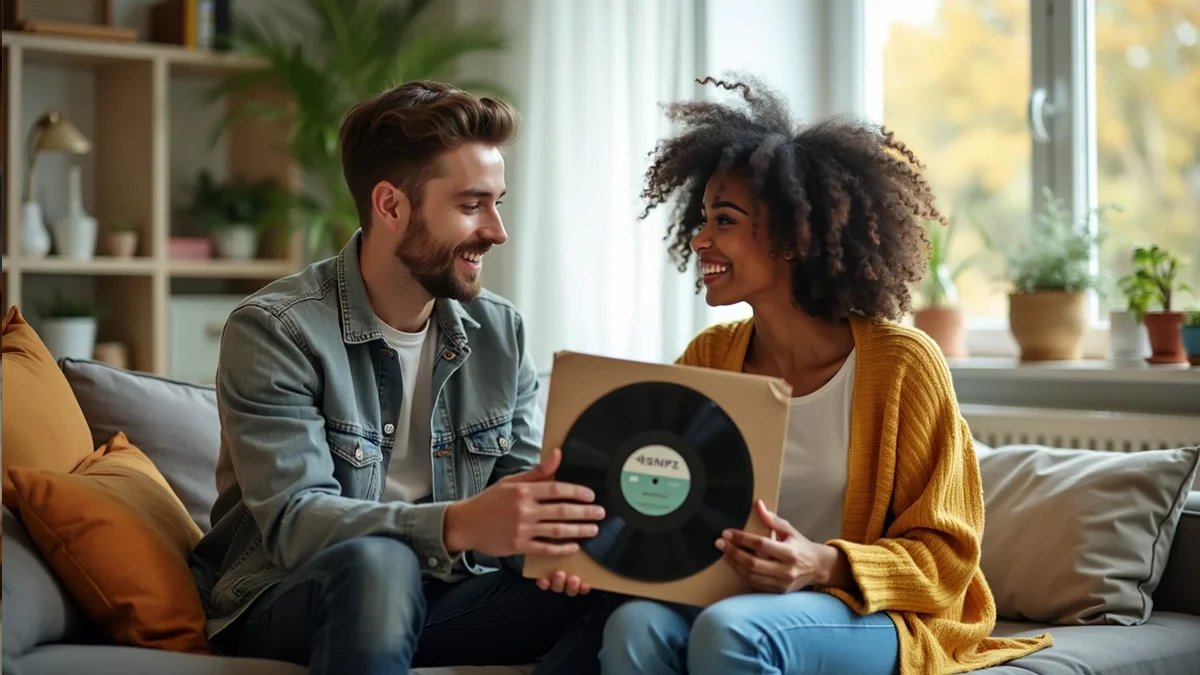
Why Showing Appreciation Matters Across Generations
No matter your age, feeling appreciated is like a warm hug—it just feels good. Whether you’re a Millennial juggling work and family or a Gen Z navigating school and social media, finding simple ways to show appreciation can strengthen your connection with others.
It’s not about grand gestures, but rather small, meaningful actions that let people know you value them. Taking a moment out of your day to express gratitude, whether through a thoughtful message or spending quality time, can make all the difference in building and nurturing relationships.
“Appreciation is the foundation of any lasting relationship, no matter the generation.” – Dr. Emily Roth, Relationship Expert
Both Millennials and Gen Z value appreciation, but how they give and receive it can differ. Millennials tend to appreciate personal, face-to-face interactions. Gen Z, on the other hand, often turns to digital platforms to show their gratitude.
So while the methods to show appreciation might differ, the core message stays the same: it’s all about making the other person feel valued.
11 Simple Ways to Show Appreciation to Your Loved Ones
“The act of expressing gratitude, no matter how small, strengthens bonds and builds trust.” – John Howard, Relationship Coach
1. Write a Heartfelt Note
Millennials might remember the days of handwritten notes—folded neatly and tucked into a friend’s locker. They love putting pen to paper to express their gratitude. A handwritten letter can feel personal, thoughtful, and long-lasting.
Gen Z, however, often prefers a digital touch. A sweet, well-written text message or a beautifully crafted Instagram post might be their go-to. The platform might change, but the heart behind the appreciation remains the same.
2. Give Them Your Undivided Attention
“In today’s fast-paced world, offering your full attention is one of the most sincere gifts you can give.” – Psychology Today
Sometimes, showing appreciation means just being present. Millennials might put their phones away during dinner, offering undivided attention as a way to show they care.
Gen Z might express appreciation through digital means—like sharing a video chat or sending a specially curated playlist. The key is giving time and focus, whether in person or online.
3. Surprise Them with a Thoughtful Gift
When it comes to gifts, Millennials tend to favor artisanal, nostalgic items like a personalized mug or vintage records that evoke memories.
Gen Z is more likely to go for trendy, modern items, like limited-edition sneakers or a digital subscription to their favorite app. For both generations, the key is picking something that shows you’ve been paying attention to what makes the other person smile.
“The best gifts don’t have to be expensive—they just need to show you care.” – Erica James, Gift Giving Expert
4. Cook Their Favorite Meal
Millennials often show appreciation by cooking their loved one’s favorite meal. A homemade lasagna or perfectly grilled steak can speak volumes without saying a word.
On the other hand, Gen Z might opt to order their loved one’s favorite takeout or send a food delivery. It’s still about knowing what they love and making sure they enjoy it, no matter how it arrives.
5. Give a Compliment
A well-placed compliment can brighten anyone’s day. Millennials often offer verbal praise like, “You did an amazing job!” or “That looks great on you!” They value face-to-face expressions of appreciation.
Gen Z, however, may post a shout-out on social media or drop a fire emoji under a picture to show they’re paying attention. Different delivery, same impact.
6. Help Them with Something They’ve Been Putting Off
“Acts of service can be one of the strongest demonstrations of love.” – Gary Chapman, Author of The 5 Love Languages
Sometimes, the best way to show appreciation is by offering help. Millennials might offer hands-on assistance, like helping you move or clean the garage.
Gen Z might offer remote help—organizing files on Google Drive or whipping up a shared doc for collaboration. Both generations show they care by making your life a little easier.
5 Reasons Why Storytelling in Communication is Essential for Engaging Audiences

Ever noticed how a good story can captivate you from the first sentence? That’s no accident. Storytelling in communication has become a powerful tool for engaging audiences and conveying messages effectively.
Whether you’re a business professional, a marketer, or a leader, understanding how to use narratives can significantly enhance your ability to connect with others.
In today’s world, where people are bombarded with information, stories cut through the noise. They resonate on a deeper level, making complex ideas more relatable and memorable.
As a result, professionals are increasingly recognizing the value of storytelling in communication to make their messages stick.
Let’s explore why storytelling is such a powerful communication tool and how you can use it to make your interactions more impactful.
Table of Contents
Why Storytelling is a Powerful Communication Tool
At its core, storytelling in communication works because it taps into something fundamentally human. Stories have been a part of our culture for centuries, helping us make sense of the world and share experiences. But why do they work so well?
One reason is that stories engage the brain differently than plain facts or data. When we hear a story, our brains don’t just process the information—we live it. We visualize the scenes, feel the emotions, and even empathize with the characters. This deep engagement makes stories memorable and helps the message stick long after the story is over.
Another key aspect of storytelling is its ability to simplify complex ideas. When you wrap information in a narrative, it becomes easier to understand and relate to.
This is particularly important in fields like marketing, education, and leadership, where the goal is to make an impact quickly and clearly.
By using storytelling in communication, you can create a strong emotional connection with your audience. This connection is what drives action, whether it’s making a decision, embracing a new idea, or simply remembering what you’ve said.
The Science of Storytelling: How It Engages the Brain
There’s more to storytelling in communication than just engaging content. Science backs up why storytelling is so effective. When we hear a story, our brains release chemicals like oxytocin, which promotes empathy and trust, and dopamine, which helps with memory and attention.
When you tell a story, you’re not just sharing information; you’re activating multiple parts of your audience’s brain. This includes areas responsible for sensory experiences, emotions, and motor functions. In other words, a well-told story can make your audience feel like they’re living the experience themselves.
This deep level of engagement leads to better retention of information. People are more likely to remember stories than a list of facts or bullet points. This is why storytelling in communication is so effective in teaching, marketing, and leadership—it turns abstract ideas into tangible experiences.
Moreover, storytelling can create a shared experience, fostering a sense of connection between the storyteller and the audience.
This connection can make your message more persuasive and impactful, helping you to influence others and drive action.
Practical Ways to Incorporate Storytelling into Your Communication
Now that we understand why storytelling in communication is so powerful, let’s look at how you can start using it in your daily interactions.
1. Start with a Relatable Character
Every good story needs a character that your audience can connect with. This could be you, a customer, or even a fictional character that embodies the challenges and goals your audience faces. The key is to make the character relatable and engaging.
7 Reasons Why Random Acts of Kindness Are More Powerful Than You Think
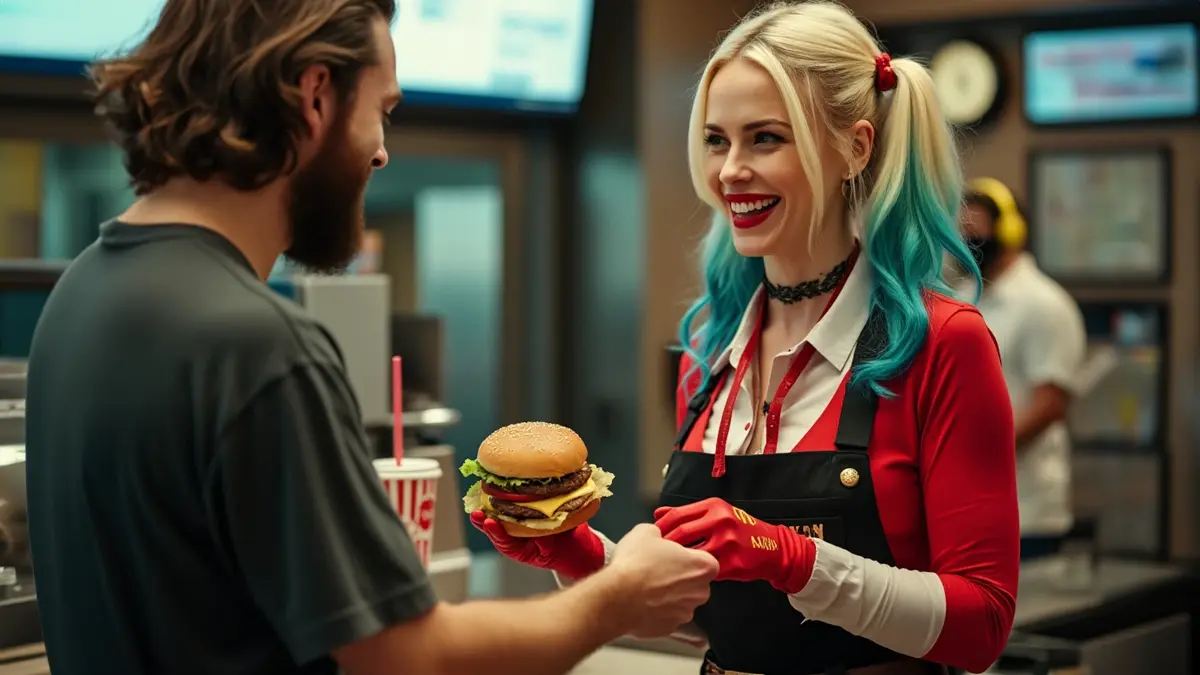
Have you ever held the door open for a stranger or offered a compliment, only to find it brightened your day just as much as theirs?
These simple gestures are what we call random acts of kindness, and they’re becoming more popular as people realize just how impactful they can be.
In a world where negativity often grabs the headlines, these small acts of kindness can create a ripple effect of positivity.
Whether it’s paying for someone’s coffee or simply sharing a smile, these gestures don’t just benefit the receiver—they also uplift the giver.
Let’s explore why random acts of kindness are more powerful than you might think, and how you can easily incorporate them into your daily life.
Table of Contents
The Psychology Behind Kindness: Why It Feels So Good
Ever wondered why performing random acts of kindness feels so good? It turns out, there’s some fascinating psychology behind it.
When you do something kind, your brain releases a cocktail of feel-good chemicals, including serotonin, oxytocin, and endorphins.
Serotonin is often referred to as the “happy hormone,” and it plays a crucial role in boosting your mood. When you perform an act of kindness, your brain produces more serotonin, making you feel more content and fulfilled.
Oxytocin, sometimes called the “love hormone,” is released when you connect with others through kind actions. It fosters a sense of bonding and trust, which can strengthen relationships and build a sense of community.
And let’s not forget about endorphins, the body’s natural painkillers. These chemicals are released during acts of kindness, leading to what’s often called a “helper’s high”—a rush of happiness that makes you want to keep spreading positivity.
By performing random acts of kindness, you’re not just making someone else’s day brighter; you’re also enhancing your own well-being in a meaningful way.
The Ripple Effect: How Kindness Spreads
One of the most incredible aspects of random acts of kindness is their ability to spread far beyond the initial gesture.
When you do something kind, it often inspires the recipient to pass it on, creating a chain reaction that can ripple through communities and even across the world.
Imagine you start your day by buying a coffee for the person behind you in line. That small act could inspire them to hold the door open for someone else, who might then go on to help a colleague at work.
Before you know it, your single act of kindness has sparked a series of positive actions.
This ripple effect isn’t just hypothetical—it’s backed by research. Studies have shown that when people witness or experience kindness, they’re more likely to engage in kind behaviors themselves. This means that your small gesture can lead to a much larger impact than you might expect.
In workplaces, communities, and even online, random acts of kindness can create an environment where positivity thrives. It’s a powerful reminder that even the smallest actions can have a profound effect.
Building Resilient Relationships: Strengthening Bonds in Challenging Times

Introduction
When life gets tough, holding onto what really matters becomes our lifeline. Resilience in relationships is more important than ever.
With the world full of uncertainties and challenges, couples are being tested in ways they never expected.
But here’s the silver lining: building resilient relationships isn’t just about getting through the storm; it’s about coming out stronger on the other side.
Whether it’s dealing with a pandemic, facing financial hardships, or navigating everyday ups and downs, the bond between two people can become a fortress.
In this article, we’ll explore how couples can strengthen their connection during tough times.
We’ll dive into how communication fosters resilience and share some practical relationship resilience strategies to help you stay strong, no matter what life throws your way.
Table of Contents
The Importance of Resilience in Relationships
Think of resilience in relationships like the roots of a sturdy tree. When storms come, it’s those deep roots that keep the tree standing tall.
In the same way, resilience keeps your relationship grounded, even when life gets rough.
Global challenges—like pandemics, financial stress, or other crises—are like fierce winds testing your bond. Without resilience, these challenges can tear you apart.
But with resilience, they can pull you closer, turning tough times into opportunities for growth.
Building resilient relationships means being adaptable, leaning on each other, and finding new ways to stay connected. It’s understanding that life isn’t always smooth, but together, you can weather any storm.
Strengthening Bonds During Crises
When the world feels heavy, it’s easy to feel overwhelmed. But crises can also be a time to draw closer to your partner, to find comfort in each other’s presence. This is where building resilient relationships really shines.
One powerful way to strengthen your bond is through shared activities. Whether it’s cooking a meal together, taking a walk, or just sitting down for a heart-to-heart, these moments create a sense of normalcy and connection.
Trust and shared values also play a huge role in relationship resilience strategies. When you trust each other and share common goals, facing challenges together feels easier.
You’re not just two people—you’re a team, stronger together than apart.
And let’s not forget about laughter. Even in the darkest times, finding reasons to smile can be a lifeline. These small, joyful moments keep the flame of your relationship burning bright.
The Role of Communication in Fostering Resilience
If resilience is the roots of the tree, communication is the water that nourishes them. Without clear and open communication, resilience in relationships can wither.
During tough times, it’s easy to let stress take over, leading to misunderstandings or arguments. But this is when communication becomes more important than ever.
It’s about being open, honest, and, most importantly, listening to each other.
One of the best relationship resilience strategies is to check in with each other regularly. Ask how your partner is feeling, and really listen.
Sometimes, just knowing that someone is there to listen can make all the difference.
Remember, communication isn’t just about words. It’s also about body language, tone, and even silence. Sometimes, a comforting touch or a shared look can speak volumes.
Strategies for Maintaining Connection and Support
Staying connected during difficult times takes effort, but it’s worth it. These relationship resilience strategies can help you maintain that all-important connection.

First, make time for each other. In the chaos of life, it’s easy to put your relationship on the back burner. But setting aside time to connect, even if it’s just a few minutes a day, can make a big difference.
Next, practice empathy. Try to see things from your partner’s perspective, especially when they’re struggling. Understanding their feelings and offering support can strengthen your bond.
Finally, keep the lines of communication open. Regular check-ins, whether they’re serious talks or light-hearted chats, help maintain the connection. It’s about keeping the bridge between you strong, no matter what’s happening in the world around you.
Conclusion
Building resilient relationships isn’t something you do once and forget about. It’s an ongoing journey. It’s about finding strength in each other and in the love you share.
With the right relationship resilience strategies, you can weather any storm together.
So take the time to invest in your relationship. Talk, listen, support each other, and don’t forget to find joy in the little things. Together, you can build a relationship that not only survives but thrives, no matter what challenges come your way.
-

 Personal Growth & Mindset3 months ago
Personal Growth & Mindset3 months agoTed Lasso Effect: 5 Goal-Setting Secrets You Must Know
-

 AI & Future Trends9 months ago
AI & Future Trends9 months agoAI in Time Management 2024: A New Era of Productivity for Business Leaders
-
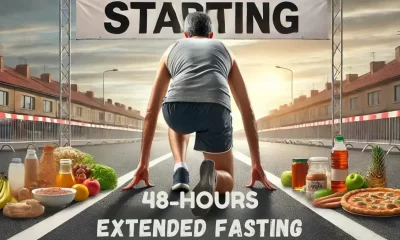
 Health & Wellness3 months ago
Health & Wellness3 months agoExtended Fasting: 8 Surprising Benefits I Discovered During My 48-Hour Journey
-
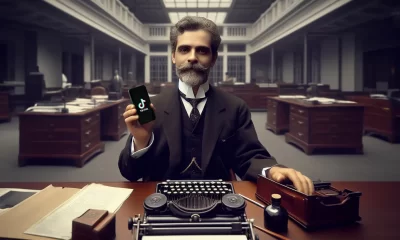
 Personal Growth & Mindset4 months ago
Personal Growth & Mindset4 months agoMachado de Assis: This Viral TikTok Explains Why You Need to Read ‘The Posthumous Memoirs of Brás Cubas’ Now
-

 Health & Wellness4 months ago
Health & Wellness4 months agoGreen Noise: Your Secret Weapon for Mindfulness and Relaxation 2024
-
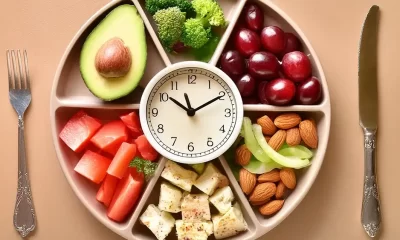
 Health & Wellness3 months ago
Health & Wellness3 months agoProtein Fasting: My 7-days Journey to Cellular Renewal and Metabolic Reset

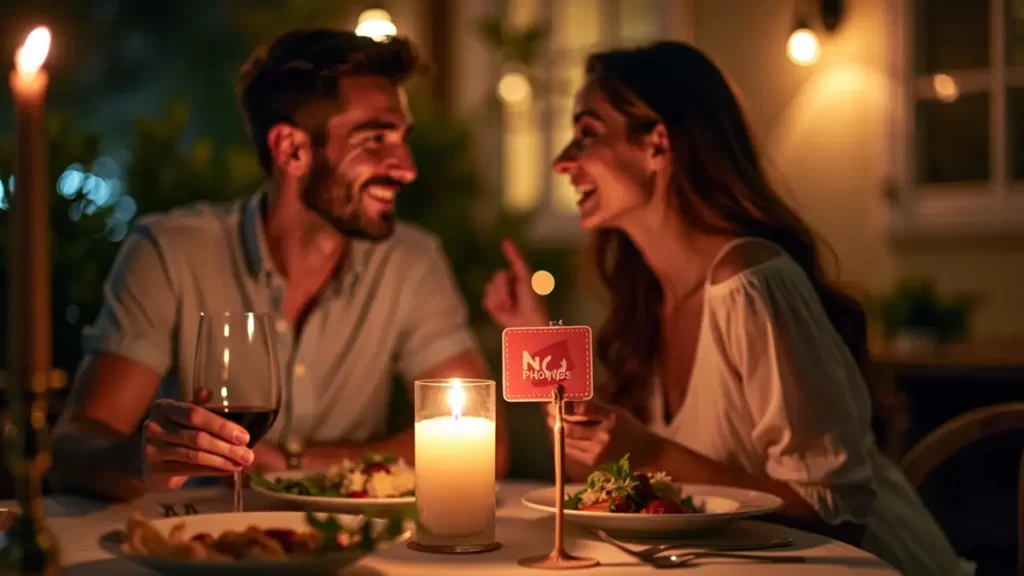



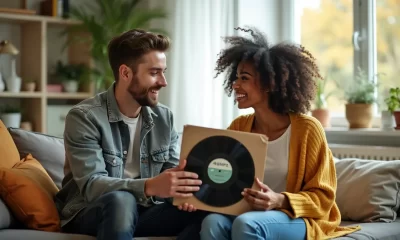



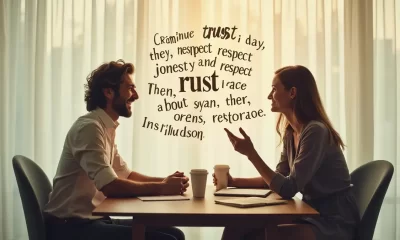


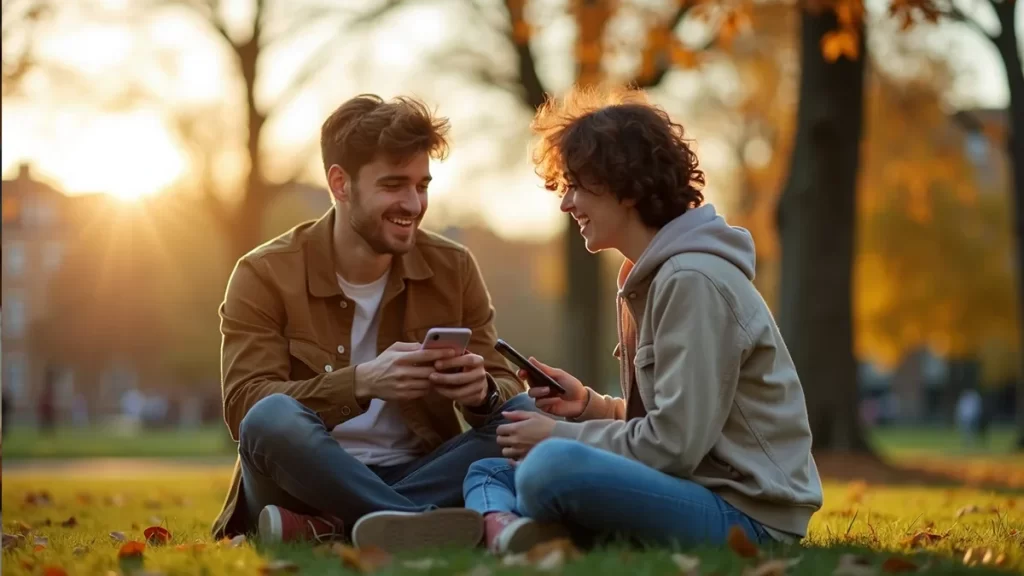
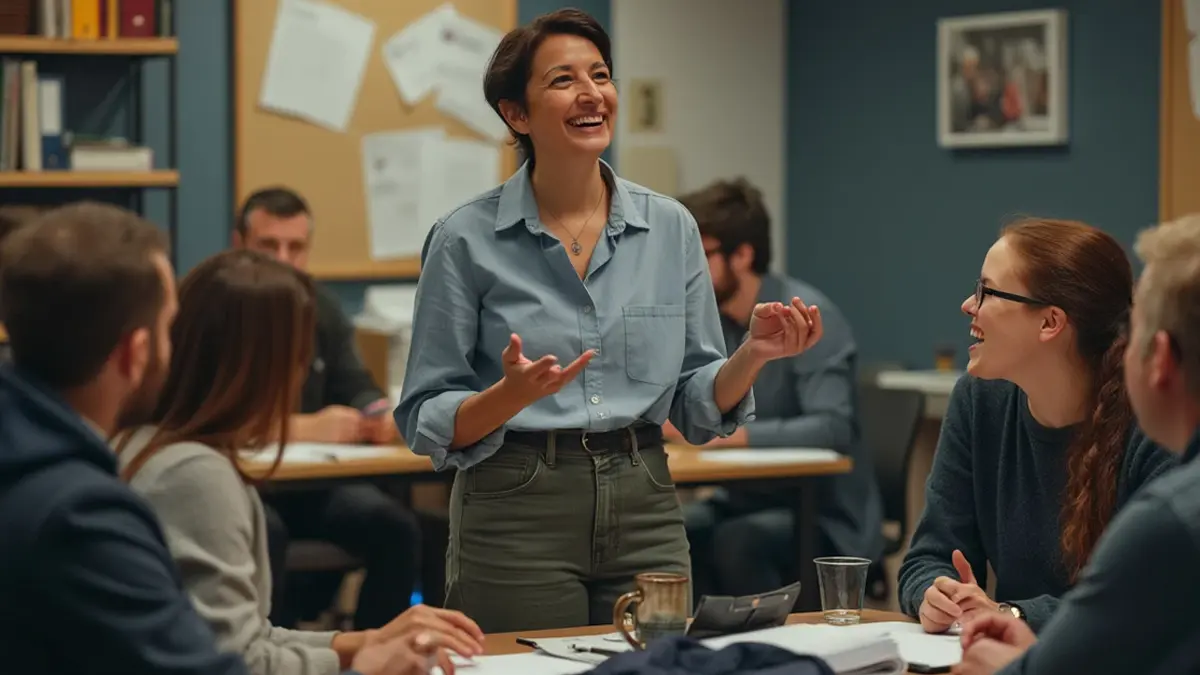


















Pingback: 5 Key Impact of AI on Relationships: How Technology Is Changing Personal and Professional Connections - Growth Journey Hub
Pingback: Keeping the Spark Alive: 5 Long-Distance Relationships Tips - Growth Journey Hub
Pingback: 3 Conscious Dating Practices: Building Healthy Relationships with intention - Growth Journey Hub
Pingback: Here’s How Micro Weddings Can Save You Stress and Money - Growth Journey Hub